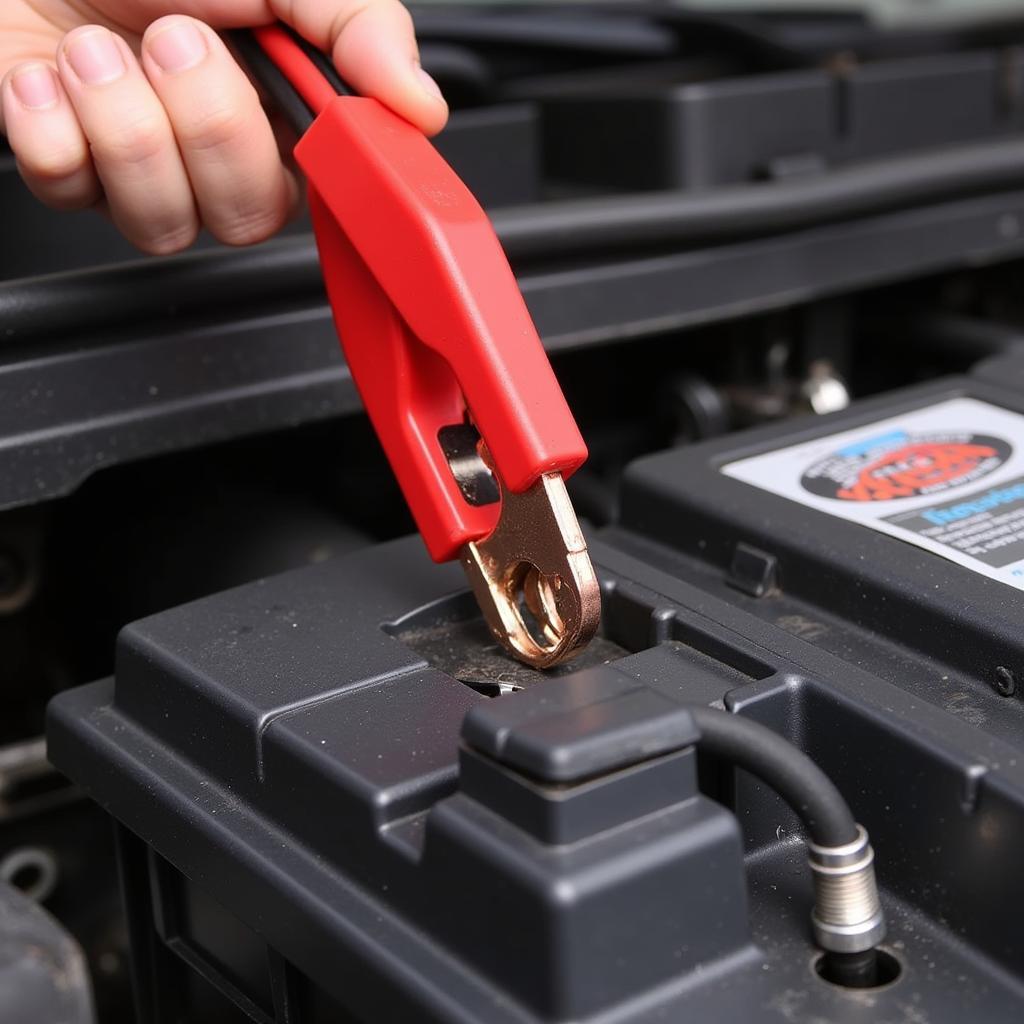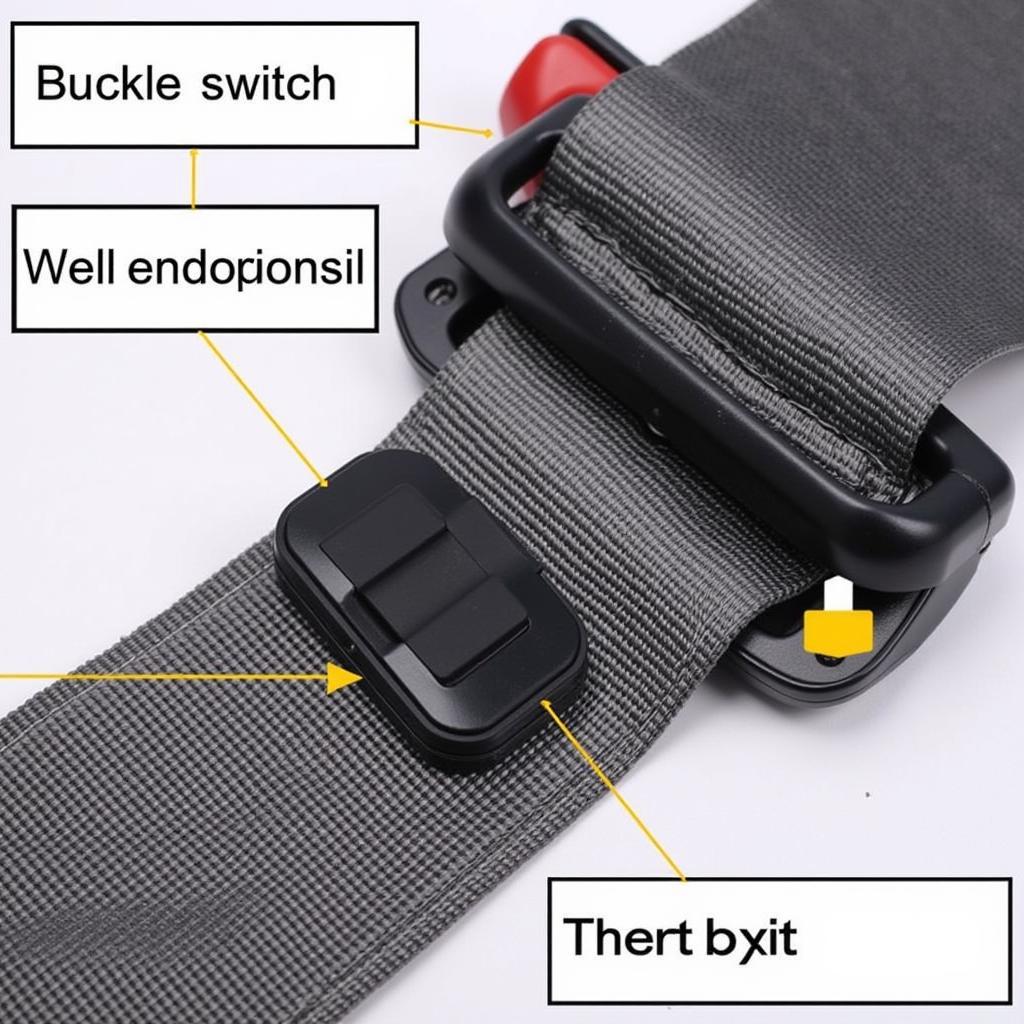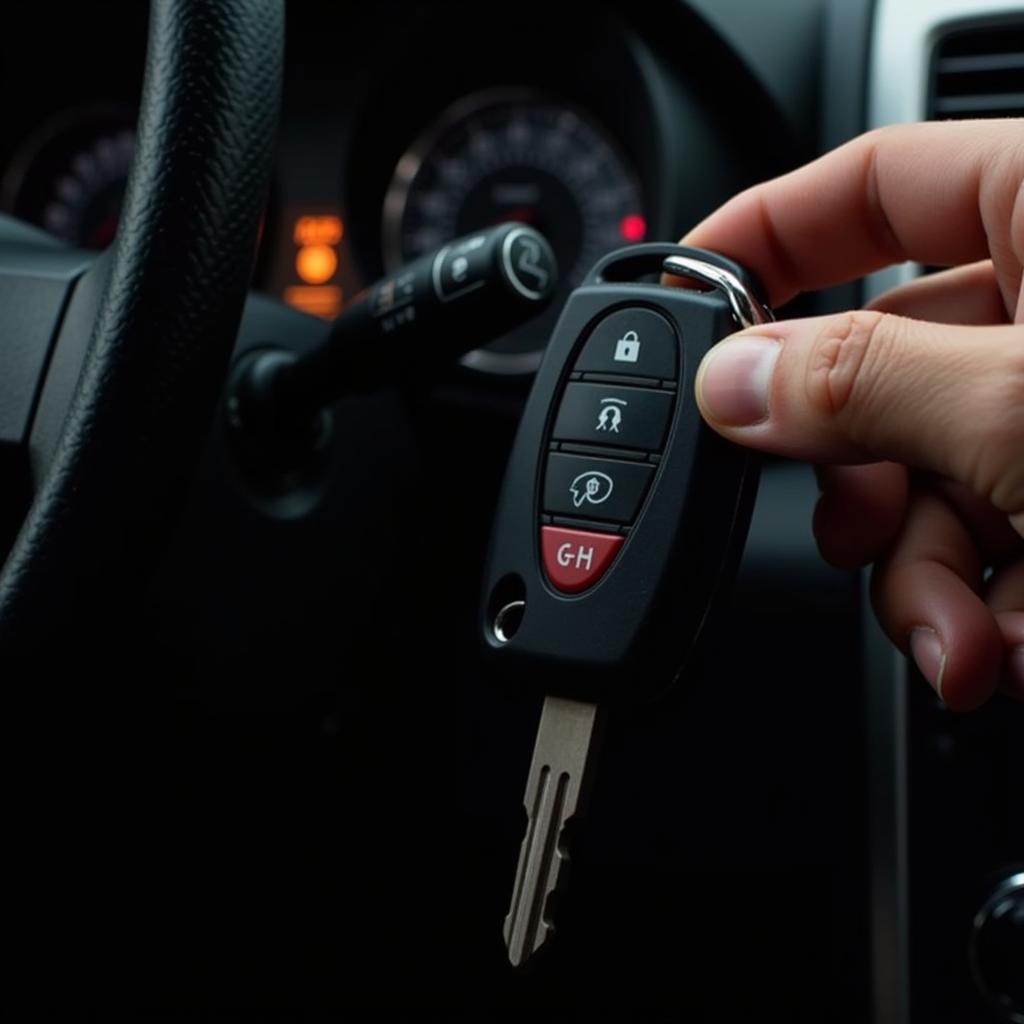A dead car battery can be a frustrating experience, leaving you stranded and needing a quick dead battery fix. Whether it’s a sudden failure or a gradual decline, understanding the causes and solutions can save you time, money, and a lot of hassle. This guide provides a deep dive into everything you need to know about troubleshooting and fixing a dead battery.
 Connecting jumper cables to a dead car battery
Connecting jumper cables to a dead car battery
Understanding Why Your Car Battery Died
Several factors can contribute to a dead battery. From simple things like leaving your lights on to more complex electrical issues, identifying the root cause is crucial for a long-term dead battery fix. Common culprits include:
- Parasitic Drain: This occurs when an electrical component continues to draw power even when the car is off, slowly draining the battery overnight. You can learn more about identifying a parasitic drain here: auto battery draining overnight.
- Age: Batteries have a limited lifespan. Over time, the chemical reactions within the battery become less efficient, reducing its capacity to hold a charge.
- Extreme Temperatures: Both extreme heat and cold can affect a battery’s performance. Heat can accelerate the chemical reactions and shorten its lifespan, while cold can reduce its cranking power.
- Corrosion: Corrosion on the battery terminals can impede the flow of electricity, leading to starting problems and eventually a dead battery.
- Alternator Issues: A malfunctioning alternator won’t properly recharge the battery while the engine is running, resulting in a dead battery.
Dead Battery Fix: Jump Starting Your Car
If you find yourself with a dead battery, jump-starting can be a temporary solution. However, it’s important to follow the correct procedure to avoid damage.
- Safety First: Wear safety glasses and gloves.
- Position the Vehicles: Park the donor vehicle (with the working battery) close to the vehicle with the dead battery, ensuring they don’t touch.
- Connect the Cables: Attach the red (positive) cable to the positive terminal of the dead battery, then to the positive terminal of the good battery. Attach the black (negative) cable to the negative terminal of the good battery, then to a clean, unpainted metal surface on the car with the dead battery (away from the battery itself).
- Start the Donor Vehicle: Let it run for a few minutes.
- Start the Stalled Vehicle: If it doesn’t start immediately, try again after a few more minutes.
- Disconnect the Cables: In reverse order of connection.
If you’re experiencing recurring dead battery issues, even with a new battery, it might be due to a parasitic drain: new car battery keeps going flat.
Long-Term Dead Battery Fix: Addressing the Root Cause
While jump-starting gets you back on the road, finding the underlying cause is essential for preventing future problems. Here’s how:
Testing Your Battery and Alternator
- Battery Test: A multimeter or a load tester can determine the battery’s state of charge and its overall health.
- Alternator Test: This test checks if the alternator is properly charging the battery while the engine is running.
Troubleshooting Electrical Issues
If your battery and alternator test fine, the problem might be a parasitic drain. A car battery parasitic drain test can help pinpoint the culprit. This often involves disconnecting fuses one by one and monitoring the current draw.
“A common mistake people make is assuming a dead battery is just a bad battery. A thorough diagnosis is crucial to identify the actual cause and prevent recurring issues,” says John Smith, Automotive Electrical Engineer at CarDiagTech.
Dead Battery Prevention and Maintenance
Regular maintenance can extend your battery’s lifespan and reduce the risk of unexpected failures.
- Clean Terminals: Regularly clean the battery terminals with a wire brush and a baking soda solution to prevent corrosion.
- Check Battery Health: Periodically test your battery’s voltage and charging capacity.
- Limit Short Trips: Short trips don’t give the alternator enough time to fully recharge the battery.
- Turn Off Accessories: Make sure all lights, accessories, and electronics are turned off when the car is not in use.
My own experience with a 2017 Dodge Ram 1500 taught me the importance of regular battery maintenance. You can read more about my experience here: 2017 dodge ram 1500 dead battery. Similarly, for those who have simply experienced a dead battery, this resource might be helpful: my battery went dead.
Conclusion
A dead battery can be a nuisance, but understanding the causes, solutions, and preventative measures can help you avoid future headaches. By following the steps outlined in this guide, you can effectively address a dead battery fix and keep your car running smoothly.



